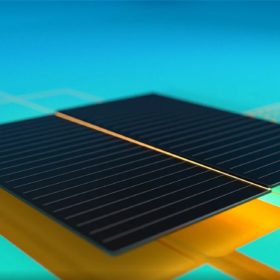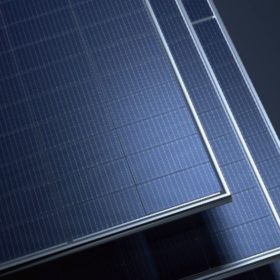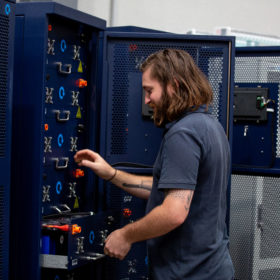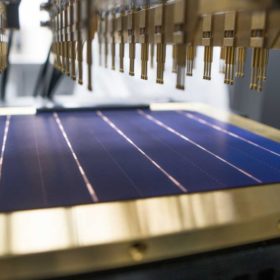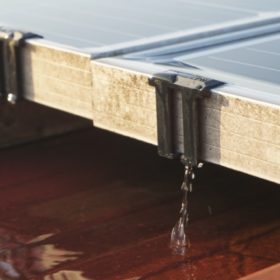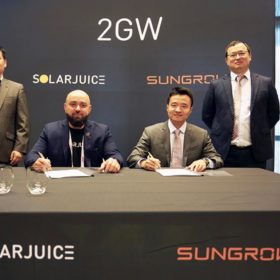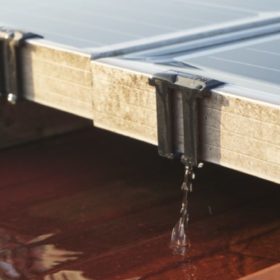REC showcases G12 residential heterojunction PV module with gapless design
REC’s new heterojunction solar panel series features efficiencies of up to 22.3% and an operating temperature coefficient of -0.26% per degree Celsius.
Jetion presents heterojunction solar module series based on n-type G12 wafers
The largest product of the series is a solar module with an efficiency of up to 22.5% and a power output of up to 700 W. For all the panels of the series, the temperature coefficient is -0.26% per degree Celsius and the manufacturer offers a 12-year product guarantee and a 30-year power output guarantee.
Battery manufacturer builds on Australian supply chain
With global demand for both large scale and distributed battery energy storage on the rise, Australian battery manufacturer Energy Renaissance has reaffirmed its commitment to produce a lithium-ion storage solution using Australian suppliers and components.
Trailblazer tipped to accelerate Australia’s clean energy transition
The University of New South Wales and the University of Newcastle will join forces to develop and commercialise “world-leading” technology in solar, renewable hydrogen, storage and green metals after securing $50 million in Federal Government funding through the Trailblazer program.
Solis unveils off-grid PV inverter
The S5-EO1P(4-5)K-48 series off-grid PV inverter has an efficiency of 96.7% and supports parallel operation of up to 10 units, which allows for a system capacity of up to 50 kW. According to the manufacturer, the device is compatible with all top-tier brands of lithium-ion and lead-acid batteries.
New water-draining device for rooftop PV systems
Portuguese startup Solarud has developed a way to eliminate soiling around the frames of PV panels with low inclination slopes. The device drains water that would otherwise stay stagnant on the surface of modules.
Maxeon unveils home energy management system
Maxeon Solar Technologies has released an integrated home energy management system to engage with solar PV, batteries, heating, cooling, and appliances.
US government announces $4.4 billion of funding for battery manufacturing, processing, recycling
US$3.1 billion (AU$4.4 billion) is available to increase production of American-made batteries, with a separate US$60 million (AU$85 million) to support second-life applications for used EV batteries, along with development of processes for recycling materials back into the battery supply chain.
Weekend read: 2 GW Sungrow and SolarJuice distribution agreement is Australia’s largest
The partnership between Chinese inverter maker Sungrow and Sydney-based wholesaler Solar Juice has been taken to a new level after the partners signed a 2 GW capacity distribution contract.
New water-draining device for rooftop PV systems
Portuguese startup Solarud has developed a way to eliminate soiling around the frames of PV panels with low inclination slopes. The device drains water that would otherwise stay stagnant on the surface of modules.
